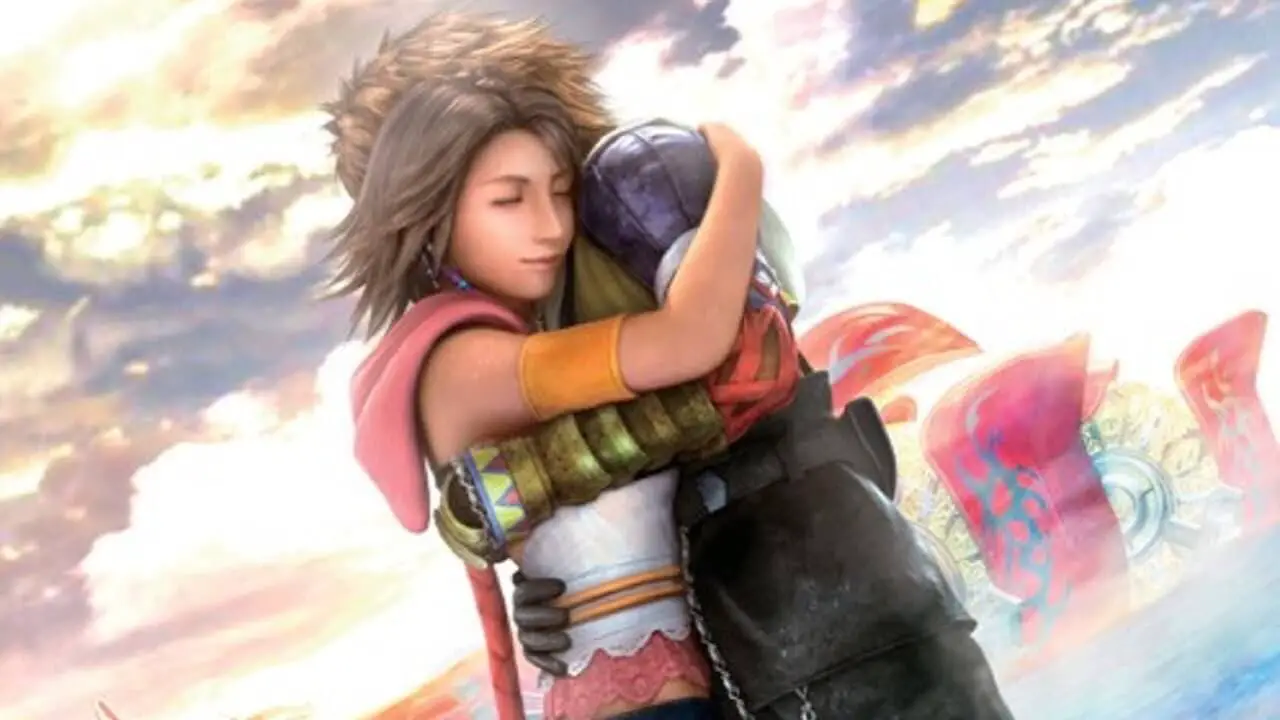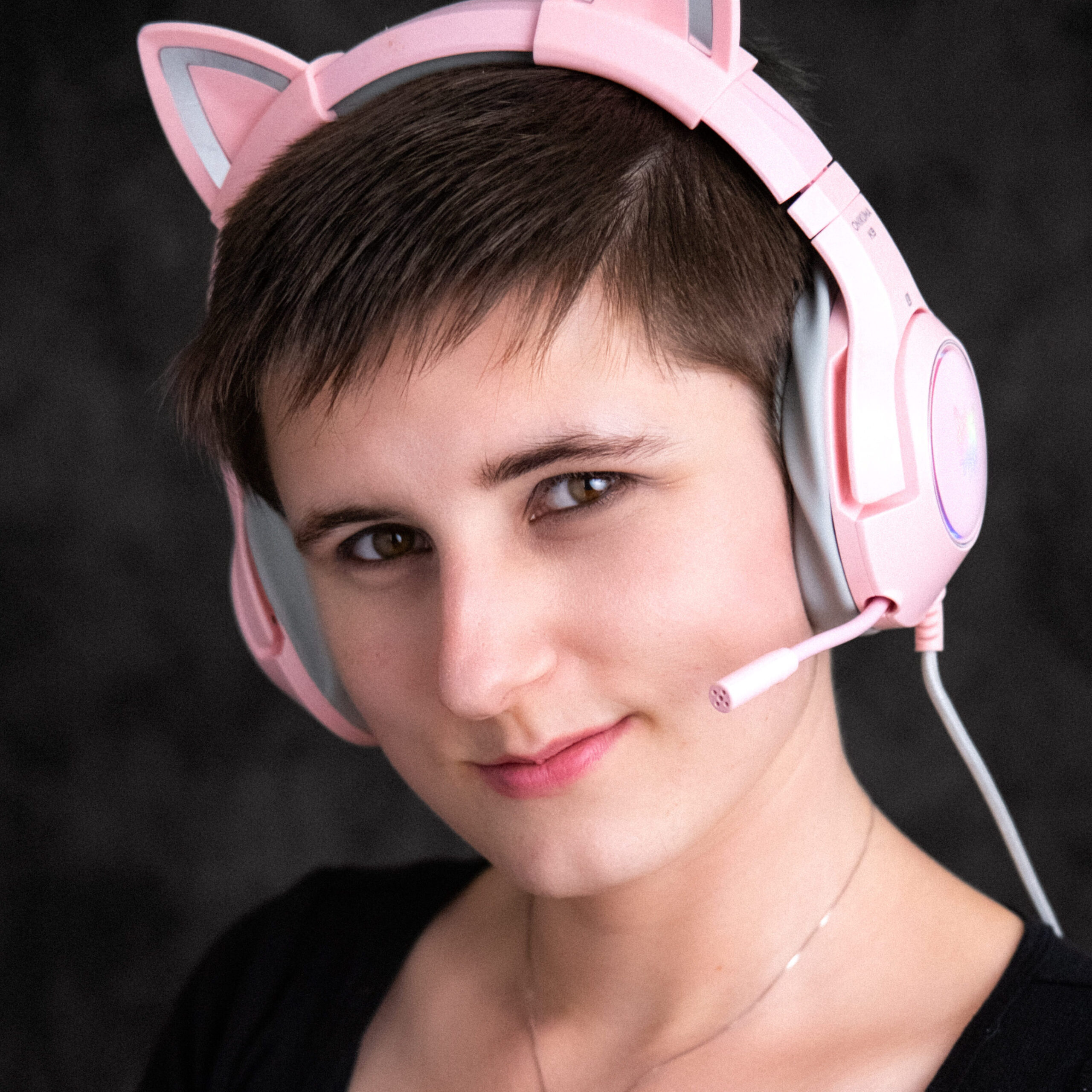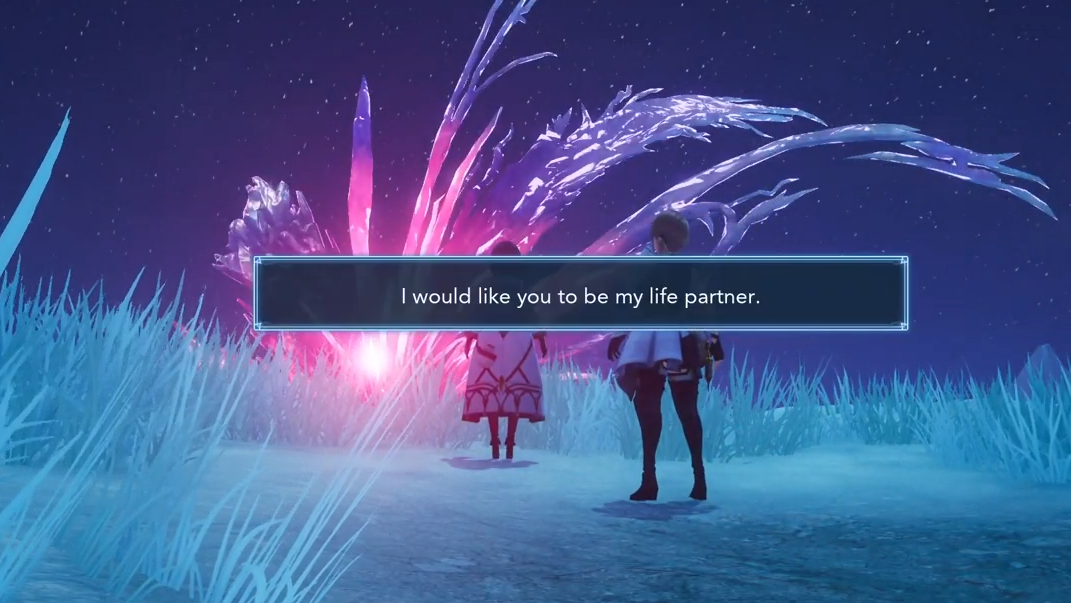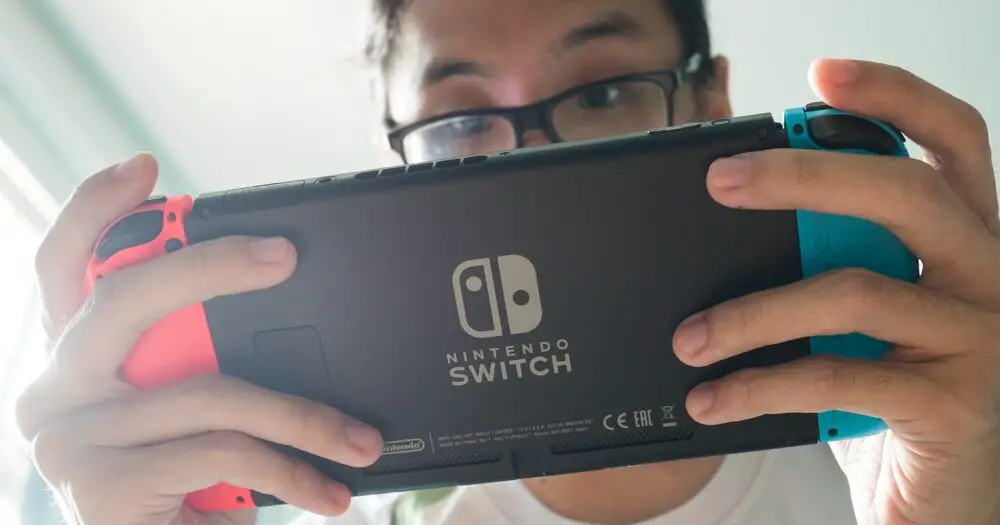Final Fantasy X (FFX) is often spoken of in the same breath as the phrase, ‘the best game of all time!’
And yeah. I’m one of those people saying that. It’s my favorite game of all time.
In this article, I’m going to quickly go over what FFX and FFX-2 even is (in case you didn’t already know) and then detail 10 major differences between the games.
Spoiler: A major difference is the story.
About FFX (and how it got a sequel)
Released in 2001, FFX was the first Final Fantasy title to receive a sequel. This decision was absolutely influenced by the transition from Square to Square-Enix. The change in leadership spawned a new thirst to capitalize on the series’ successes.
However, by the nature of the games being final fantasies, no game was meant to be a sequel — including FFX. When it was conceived and developed, the game was completely standalone.
While die-hard FFX fans may have wanted for FFX-2 to just die, FFX-2 is given everlasting life. Both FFX and FFX-2 have since been remastered for new audiences in the Final Fantasy X/X-2 HD Remaster bundle and we have since seen the game everywhere, including more recently on Steam in 2016.
Platforms
Platforms: Nintendo Switch, PC, PlayStation 2, PlayStation 3, PlayStation 4, PlayStation Vita, Xbox One
Genre: Role-Playing
Developer: Square-Enix
FFX Story Synopsis
Note: Synopsis contains minor spoilers. The game is best played going into it knowing nothing.
Set in the world of Spira, FFX features star Blitzball player Tidus on a journey swept away from his futuristic metropolis Zanarkand. He tries to make sense of a new and unfamiliar world, seemingly 1000 years in the future. And yet — in one thousand years, it seems civilization had not advanced.
Tidus is transported to the world of Spira after an encounter with a creature known as Sin. He becomes one of the guardians of the summoner Yuna, protecting her on a pilgrimage to defeat Sin and finding out how the creature is linked to Tidus’ and Yuna’s late fathers.
Gameplay in FFX returns to a turn-based system, but the moves are quick and you can swap players without any time lost. This makes for snappy battles. relies on the Conditional Turn-Based Battle system that allows for swapping party members in mid-combat. Characters are leveled up by means of the Sphere Grid on which the player may choose a specific skill to learn or attribute to improve.
FFX-2 Story Synopsis
FFX-2 is set two years after the events of FFX. It features Yuna as a treasure hunter in search of spheres, which are multi-purpose magical orbs that hold videos or abilities. Yuna is hoping to find more information about Tidus whose face appears in a mysterious sphere.
The battle system reintroduces the series’ classic job system in the form of the Garment Grid where jobs can be acquired as dresspheres, which costumes that give the player characters different abilities.
10 Major Differences Between FFX and FFX-2
Here are some differences between FFX and FFX-2:
1. Turn-Based vs Real-Time Battle
FFX has a turn-based battle system while FFX-2 has a Real-Time Battle system. These battle systems share in common fast-paced battles. Both are fun and polished.
Leveling System
FFX is innovative with its Sphere Grid in the place of a leveling system. Instead of levels, FFX gives you what looks like a big game board, where you traverse your characters across cells that give you stats and abilities.
In FFX-2, however, you are given a class system. You level traditionally for stat increases and you also have ‘ability points,’ which allows you to gain abilities on the job class your characters have equipped. For more information, see my guide on grinding ability points.
In both FFX and FFX-2, every character in the party is capable of being anyone else. In the Sphere Grid, you can traverse anyone’s grid. In FFX-2, everyone has access to the same job classes.
Combat
FFX’s turn-based system really shines with its many boss battles. The AI is smart and you get to think of your moves like a puzzle. FFX’s weakness is its regular encounters, which turn into a dry game of rock-paper-scissors. For example, use Wakka’s blitzball to take down flying enemies.
FFX-2 is engaging in the opposite way. There are fewer engaging boss battles, but regular encounters are much more fun. FFX-2’s combat is much easier to break since there are so many more combinations you can make.
Engagement
FFX takes a long time to warm up to, but FFX-2 is immediately intuitive, snappy, a nd fun.
With FFX-2, you jump into the action much quicker. You have many more abilities and classes to play around with, and combat opens up early in the game giving more freedom of choice. You also have choices on which area to go to, making each playthrough different from very early on. FFX-2 also has tournaments that really add to the gameplay.
2. Slow vs Fast Beginning
FFX gets off to a slow start but FFX-2 gets the player right into the action. After a brief tutorial sequence, the first chapter gets the player right into questing and exploring. It’s not a game that opens itself up immediately, but it does give the player agency much sooner.
FFX is a slow-moving game, but the impact of it creeps up on you. When I played FFX the first time, I fell absolutely, head-over-heels in love with the game about 20 hours in. The story is wonderful with major reveals late in the game.
3. Linear vs Non-linear Gameplay
A criticism of the original FFX is in the linearity of the world of Spira. It makes sense for Yuna’s pilgrimage to stay on a singular path, but that can be bothersome to some. Personally, I loved the linearity of the game, because the story took center stage.
Once the player gets the airship in FFX, the world opens up, but not as much as players of earlier Final Fantasy titles expect. Players might expect the airship to be free-roaming on a map, but the player can mostly just traverse back to the linear paths they were on prior.
FFX-2 gives the player the airship from the start of the game. The various areas present in the original game, and some new ones, get unlocked over time. In FFX-2, there isn’t much to limit the player from going wherever they please (except in chapter 4). Players can clear side quests and appreciate the expanded world. However, the world is almost entirely copy-pasted from FFX. The paths are still linear, and just because you have access to it, it doesn’t mean that there’s much to do.
4. New Game Plus only in FFX-2
Another thing that makes FFX-2 gameplay different is NG+. It cuts down on grinding and opens up more possibilities for challenges. Don’t need to grind for items/accessories/AP in a challenge when you start from a NG+.
5. Few vs Plentiful Side Quests
FFX had a few, sparsely placed side quests throughout the main story, which only became prominent after the player got access to the airship. FFX-2 offers a wider variety of side quests to pursue, but a lot of them can feel tedious.
6. A Diverse, Large Party vs Three-Women Party:
FFX-2 was not the first game in the series with a leading female protagonist. It’s in fact the first game to have a leading cast of entirely women, and is still the only game in the series to do so. The trio of Yuna, fan-favorite thief Rikku, and newcomer Paine is definitely a fun cast.
Fun fact: Paine is taking the place of Lulu in this story. Since Lulu was an older mother figure to Yuna, it made more sense for FFX-2 to introduce a new character to allow Yuna to explore herself in the sequel.
The party in FFX is large and the characters are all absolutely wonderful. You grow with them and the bonds are like nothing else. Because the story in FFX is much darker, you feel the battle scars that you share.
You see far less development with Paine and Rikku.
7. Deep, Philosophical Story vs Lighthearted, Nothing-Special Story
The FFX story touched upon themes such as life and death, fate, and cycles of destruction in the world. The FFX-2, on the other hand, doesn’t get nearly as serious. Instead, it focuses on a series of loosely connected episodes that tie into a tragic romance plot.
FFX-2 has a lighter tone and a lot more fan service, feeling like fan fiction of the sequel rather than a legitimate sequel sometimes. The change in tone is jarring and, for some, impossible to get past.
8. Two-year vs One-year development time
FFX was developed in two years with a staff of about one hundred.
FFX-2 was developed in one year with half the staff of about fifty.
FFX-2 was done with a much tighter budget and deadline. That comes across in the end product, where tons of assets are reused. Old characters like Wakka and Lulu use exactly the same model, even though the characters allude that Wakka put on weight and Lulu was about to have a baby.
FFX-2 is copy-paste the same Spira. This is sometimes awkward because there are tons of shops and locations that you have no reason to visit — like, ever.
9. Few vs Tons of Minigames
Both FFX and FFX-2 have minigames. And the minigames are not the reason to buy these games. FFX has a handful of them to break up the game, but FFX-2 is packed with minigames.
Some games are fun, like Gunner’s Gauntlet and even Sphere Break, but many of them are tedious and downright annoying. Please, don’t make me play matchmaker to monkeys ever again.
FFX Minigames
FFX has several minigames:
- Cloister of Trials
- The training session minigame where Tidus learns Jecht Shot on the S.S. Winno.
- Blitzball
- Lightning Dodge: Tidus must dodge lightning bolts in the Thunder Plains.
- Butterfly Hunt: Tidus hunts butterflies in the Macalania Woods.
- Chocobo Racing: Tidus can train a chocobo in the Calm Lands.
- The Chocobo Challenge: Tidus races against another chocobo beneath the Remiem Temple.
- In Mt. Gagazet, Wakka must hit a target with his blitzball to open a path.
- In Mt. Gagazet, Tidus, Rikku and Wakka must swim into three buttons corresponding to their Sphere Grid color scheme to open the path to the Zanarkand Ruins.
- Cactuar Hunt: Tidus has to solve riddles to find ten Cactuars around the Bikanel Desert.
FFX-2 Minigames
FFX-2 has many minigames. Fortunately or unfortunately, FFX-2 isn’t afraid to give the player distractions. Many are optional and are just introduced during the story while others are important to the story.
But if you’re aiming for the 100% perfect ending, not only are many of these minigames mandatory, but you have to max out the level on each game.
- Gunner’s Gauntlet: A third-person shooter minigame in which Yuna must travel from the entrance to Besaid village to the beach within a time limit, killing fiends along the way.
- Sphere Break: A mathematical puzzle game played by collecting coins.
- Blitzball: Played as a manager-type game, where the player trains the team and chooses the play tactics, rather than directly controlling the team players.
- Tower re-calibration: Each of the towers in the Thunder Plains has its own minigame involving pressing the correct button at the correct time. There are three styles of games, depending on whether it is Yuna, Rikku, or Paine calibrating the tower.
- Excavation: Finding spare parts or items in the various expanses of Bikanel Desert.
- Cactuar Search: Yuna must solve riddles to locate ten Cactuars scattered across Spira.
- Moving the band: A small mandatory minigame where the player has to push band members into a lift.
- Rehearshal’s Shtarting: A mandatory QTE minigame played on the Celsius in Chapter 4.
- Operation: Monkey! Matching monkeys up with their mates in the Zanarkand Dome.
- The Calm Lands contains the most minigames all costing “Credits” from a certain company to play
10. Long Playtime vs Less-Long Playtime
When focusing on the main objectives, FFX is about 46 Hours in length. If you’re a gamer that strives to see all aspects of the game, you are likely to spend around 148 Hours to obtain 100% completion.
When focusing on the main objectives, FFX-2 is about 30½ Hours in length. If you’re a gamer that strives to see all aspects of the game, you are likely to spend around 113 Hours to obtain 100% completion. For more information on how much time FFX-2 truly does take, see my article on FFX-2 playtimes.
Final Thoughts
I can make this easy:
FFX is a deep story that will live with you forever. It’s like if you were to put on a movie and choosing a three-hour drama. It’s emotional investment, but it’s worth it.
But FFX-2 is lighthearted and not serious. The story is serviceable if I’m being kind and sometimes downright anger-inducing when thinking about the retconning necessary in order for the sequel to exist. But that aside, the game is fun — especially the battle. FFX-2 is like putting on a 1.5-hour by-the-numbers comedy.
So truly, there is a time and place for both FFX and FFX-2.
However, I still maintain — FFX is the best game of all time. Go play it.
I say this, as I stream FFX-2 on my Twitch channel. I’m a hypocrite, I know, but I’d love it if you visited me some time in my stream. I hope this article was helpful and I’ll see you in the next one.





